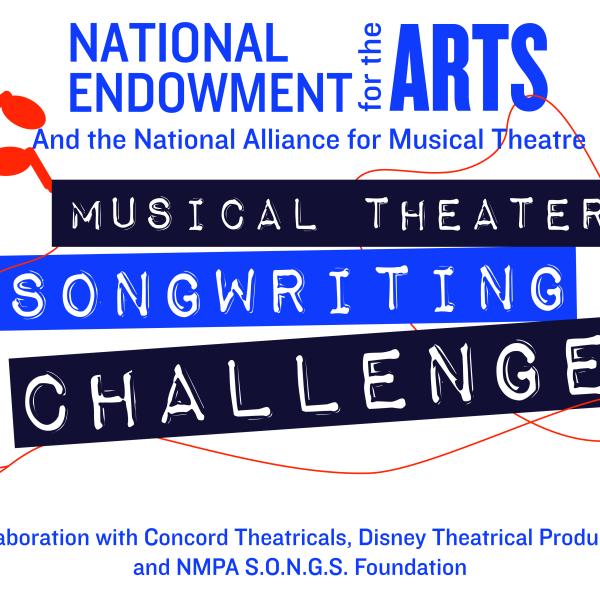The Arts Contribute More Than $760 Billion to the U.S. Economy

Washington, DC—New data released today by the U.S. Bureau of Economic Analysis (BEA) and the National Endowment for the Arts (NEA) offers an insightful picture of the impact the arts have on the nation’s economy. The arts contribute $763.6 billion to the U.S. economy, more than agriculture, transportation, or warehousing. The arts employ 4.9 million workers across the country with earnings of more than $370 billion. Furthermore, the arts exported $20 billion more than imported, providing a positive trade balance.
Produced by the BEA and NEA, the Arts and Cultural Production Satellite Account (ACSPA) tracks the annual economic impact of arts and cultural production from 35 industries, both commercial and nonprofit. The ACPSA reports on economic measures—value-added to gross domestic product (GDP) as well as employment and compensation. For the first time, the report also includes the arts impact on state economies as contributions to gross state product (GSP). The numbers in this report are from 2015, the most recent reporting year.
“The robust data present in the Arts and Cultural Production Satellite Account show through hard evidence how and where arts and culture contribute value to the economies of communities throughout the nation,” said NEA Chairman Jane Chu. “The data confirm that the arts play a meaningful role in our daily lives, including through the jobs we have, the products we purchase, and the experiences we share.”
KEY FINDINGS
National
• For all national findings, see this arts data profile.
- The arts contributed $763.6 billion to the U.S. economy in 2015, 4.2 percent of GDP and counted 4.9 million workers, who earned $372 billion in total compensation.
Contact
Victoria Hutter, hutterv@arts.gov, 202-682-5692




